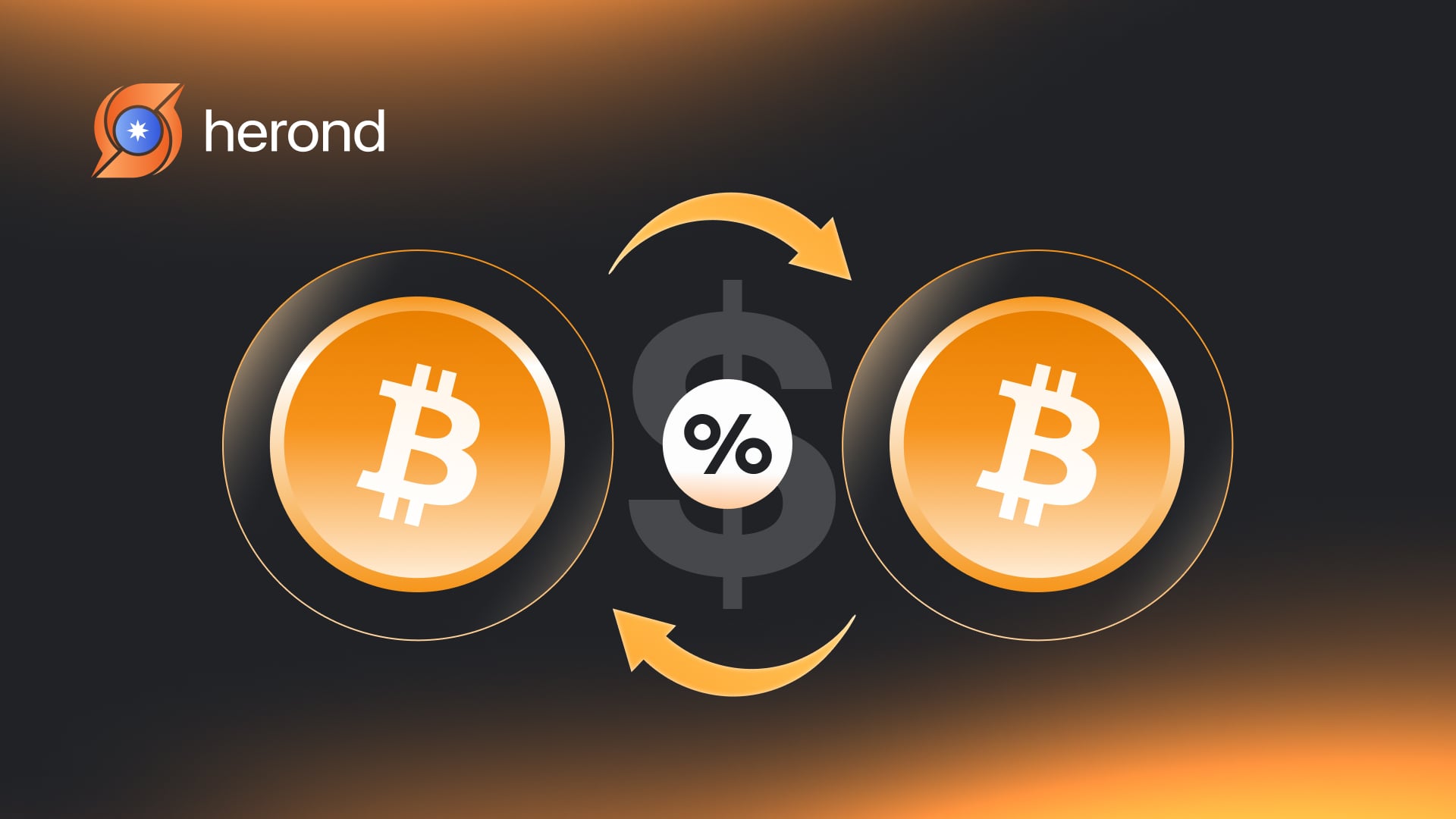Crypto transaction fees can quickly add up, reducing the profits you make from trading or transferring digital currencies. But understanding these fees and knowing how to manage them can save you a lot of money in the long run. Whether you’re dealing with Bitcoin, Ethereum, or any other cryptocurrency, there are several ways to reduce these costs. In this blog, we’ll explore what crypto transaction fees are, the factors that influence them, and provide you with actionable tips on how to save crypto transaction fee.
Learn more: Understanding the Benefits and Challenges of ICOs
What Are Crypto Transaction Fees?
Crypto transaction fees are the costs you pay when transferring digital currencies. These fees go to miners or validators who verify and record transactions on the blockchain. The fee amount can vary based on factors like the cryptocurrency used, network congestion, and how quickly you need the transaction to be processed.
For example, Bitcoin fees can spike during high traffic, while smaller coins may have lower fees but offer less security. Understanding these fees helps you manage costs when sending or receiving crypto.
Learn more: Ethereum Staking: What This Means & How to Stake ETH

4 Popular Types of Crypto Transaction Fees
Crypto transactions come with several types of fees, and understanding them can help you save money. Here’s a quick breakdown:
1. Network Fees
These are fees paid to miners or validators for processing transactions on the blockchain. The amount varies based on network congestion – the busier the network, the higher the fees. To save on this, it’s best to avoid trading during peak times.
2. Exchange Fees
Platforms like Coinbase or Binance charge fees for buying or selling crypto. These fees can vary depending on your trading volume. Many exchanges offer lower fees for higher trading volumes, so if you’re a frequent trader, you might pay less.
3. Deposit and Withdrawal Fees
These fees are charged when transferring funds to or from an exchange. Some platforms offer free deposits, but withdrawals can come with fees that vary based on the crypto and platform. Always check before moving your funds.
4. Maker and Taker Fees
On exchanges, “makers” are those who add liquidity by placing limit orders, while “takers” are those who execute market orders, taking liquidity. Maker fees are typically lower than taker fees, so if you want to save, it’s good to place limit orders and wait for them to be filled.

4 Factors That Influence Crypto Transaction Fees
Several factors can drive up or lower the cost of your crypto transactions. Let’s take a quick look at what influences these fees:
- Network Congestion: When many people are trying to make transactions at the same time, it creates congestion. This high demand leads to increased fees, especially during peak times. Think of it like rush hour traffic; everyone is trying to get through at once.
- Transaction Size: Larger transactions require more processing power, and as a result, they often incur higher fees. The more complex the transaction, the more it costs to validate and record it on the blockchain.
- Blockchain Type: Different cryptocurrencies have different fee structures. For example, Bitcoin tends to have higher network fees due to its large user base and complex network. In contrast, other cryptocurrencies like Litecoin or Stellar are designed to have lower fees.
- Exchange Policies: Each crypto exchange has its own fee structure. Some may charge a flat fee, while others use tiered pricing based on your trading volume. It’s important to compare exchanges to find the best deal for your needs.

5 Tips On How To Reduce Bitcoin Transaction Fees
If you’re looking to minimize Bitcoin transaction fees, here are some practical steps that can make a big difference:
- Choose the Right Time: Bitcoin transaction fees tend to increase during times of high network congestion. This happens when more people are trying to make transactions at the same time. To avoid this, try to make your transaction during quieter times, such as early in the morning or late at night when fewer people are active on the network.
- Use SegWit Addresses: Bitcoin transactions can be sent using SegWit (Segregated Witness) addresses. These addresses allow for more efficient transactions by reducing the size of each transaction, which leads to lower fees. If your wallet supports SegWit, make sure you use these addresses for cheaper transactions.
- Consolidate Transactions: Instead of sending multiple small transactions, consolidate them into one larger transaction. When you make several small payments, each one requires its own fee. By grouping smaller transactions together, you can significantly reduce the total amount you pay in fees.
- Select Low-Fee Networks: Not all blockchains have the same transaction fees. While Bitcoin can be costly during busy periods, other cryptocurrencies like Litecoin or Stellar offer much lower fees. If your transaction can be done on one of these networks, it may be worth considering to save on costs.
- Leverage Off-Peak Hours: Performing transactions when fewer people are using the Bitcoin network can help lower the fees. During off-peak hours (for example, weekends or early mornings), the network is less congested, which means your transaction will be processed at a lower cost.
Learn more:
Navigating the Basics of Bitcoin Network Fees
Bitcoin predictions: What to expect
Clarifying Unconfirmed Bitcoin Transaction ETA Meaning

How To Save Crypto Transaction Fee
When trading or transferring crypto, these strategies can help you save crypto transaction fee:
- Limit Orders: Instead of using market orders that execute immediately at the current price, use limit orders. Limit orders allow you to set the price at which you’re willing to buy or sell a coin, which can reduce trading fees. Market orders often incur higher fees due to immediate execution, whereas limit orders give you more control over your costs.
- Utilize Exchange Tokens: Many exchanges, like Binance with its native token BNB, offer discounts on trading fees if you use their platform’s tokens. Holding and using these tokens for fees can save you a significant amount, especially if you trade frequently.
- Decentralized Exchanges (DEXs): DEXs, such as Uniswap or PancakeSwap, typically have lower fees compared to centralized exchanges. This is because they don’t require an intermediary, and the fee structure is often simpler. If you’re okay with slightly more technical setups, DEXs can be a great way to save money on transaction costs.
- Consider Layer 2 Solutions: For Bitcoin, using Layer 2 solutions like the Lightning Network can drastically reduce transaction fees. These networks work by handling transactions off-chain and then settling them on the main blockchain later, enabling faster and cheaper transactions. If you frequently send Bitcoin or other supported cryptocurrencies, exploring Layer 2 could be a game-changer for reducing fees.
Conclusion
Saving on crypto transaction fees is essential for maximizing your profits and minimizing unnecessary expenses. By understanding the different types of fees, such as network fees and exchange fees, and using strategies like selecting the right time for transactions or opting for decentralized exchanges, you can significantly reduce your costs. It’s all about being smart with your crypto transactions, and with these tips, you’ll be able to save crypto transaction fee and trade more efficiently.
Learn more: ROI in the Long Run: Cryptocurrency’s Potential for Sustainable Returns
About Herond Browser
Herond Browser is a cutting-edge Web 3.0 browser designed to prioritize user privacy and security. By blocking intrusive ads, harmful trackers, and profiling cookies, Herond creates a safer and faster browsing experience while minimizing data consumption.
To enhance user control over their digital presence, Herond offers two essential tools:
- Herond Shield: A robust adblocker and privacy protection suite.
- Herond Wallet: A secure, multi-chain, non-custodial social wallet.
As a pioneering Web 2.5 solution, Herond is paving the way for mass Web 3.0 adoption by providing a seamless transition for users while upholding the core principles of decentralization and user ownership.
Have any questions or suggestions? Contact us:
- On Telegram https://t.me/herond_browser
- DM our official X @HerondBrowser
- Technical support topic on https://community.herond.org








